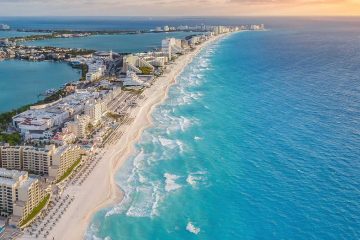March 3rd marks World Wildlife Day, a holiday established by the UN in order to celebrate and bring awareness to the world’s diverse and beautiful ecosystems and wildlife. In honor of the day, take a look at 4 of the coolest ecosystems to see around the world!
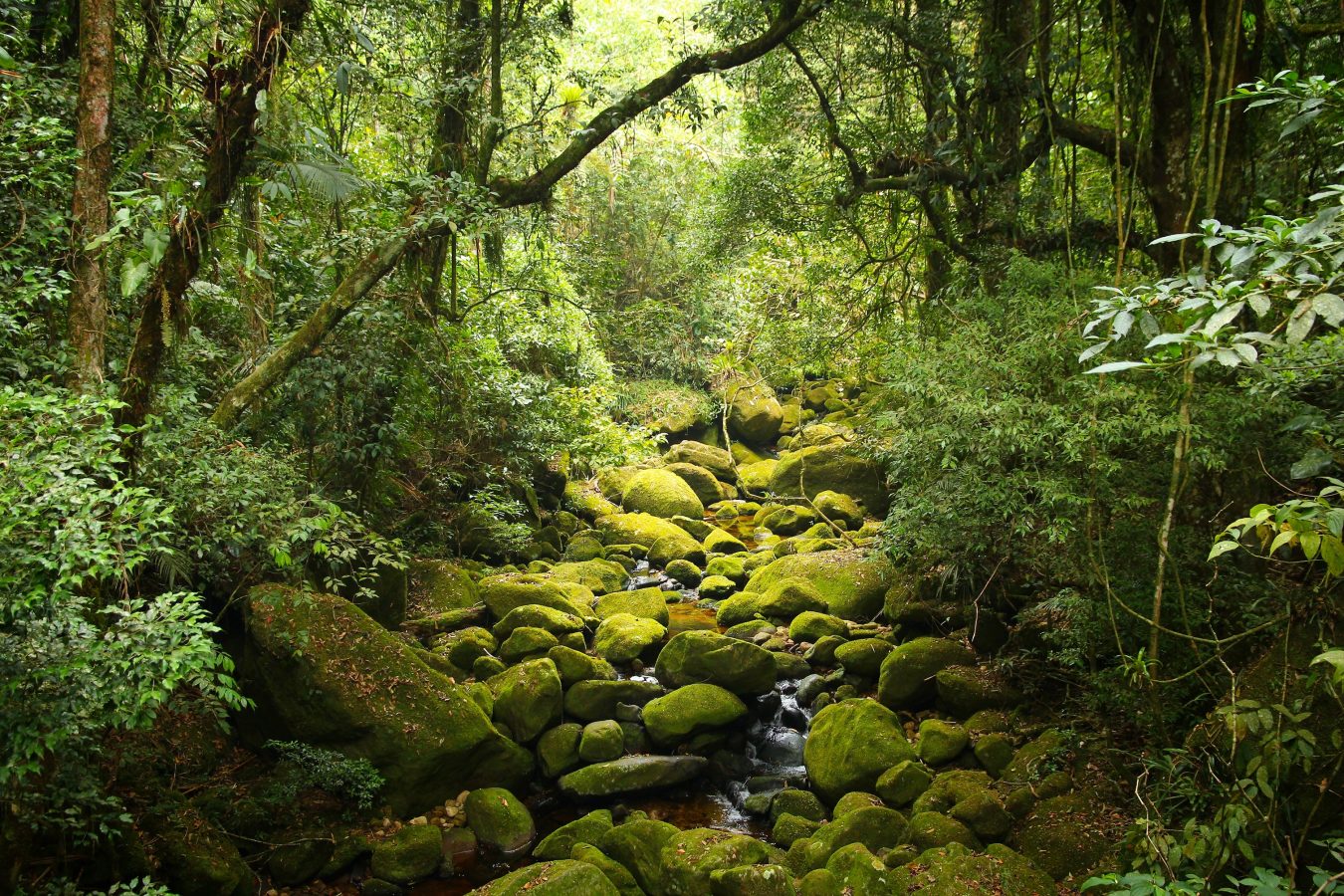
1. Amazon Rainforest
The Amazon Rainforest crosses between 8 countries, with over 60% of it being in Brazil. It is home to millions of plants and animals, many of which are endemic to the area and cannot be found anywhere else.
What makes the Amazon a super cool place, full of biodiversity?
- Over 80% of all insects (nearly 2.5 million species) live there
- ⅔ of all animals and plants live there
- The Amazon produces 20% of the world’s oxygen
- There are 16,000 tree species there (roughly 390 billion individual trees)
Want to help clean the Amazon Rainforest safe and striving? There are a variety of wildlife volunteering opportunities, with options based in different countries that encompass the Amazon, including Brazil, Peru, Ecuador, and Columbia. With IVHQ, you can find all kinds of volunteer opportunities in the Amazon, from jungle conservation to animal care, with programs from 1 to 24 weeks. Basically you can make an impact in any way and any time period that works for you!
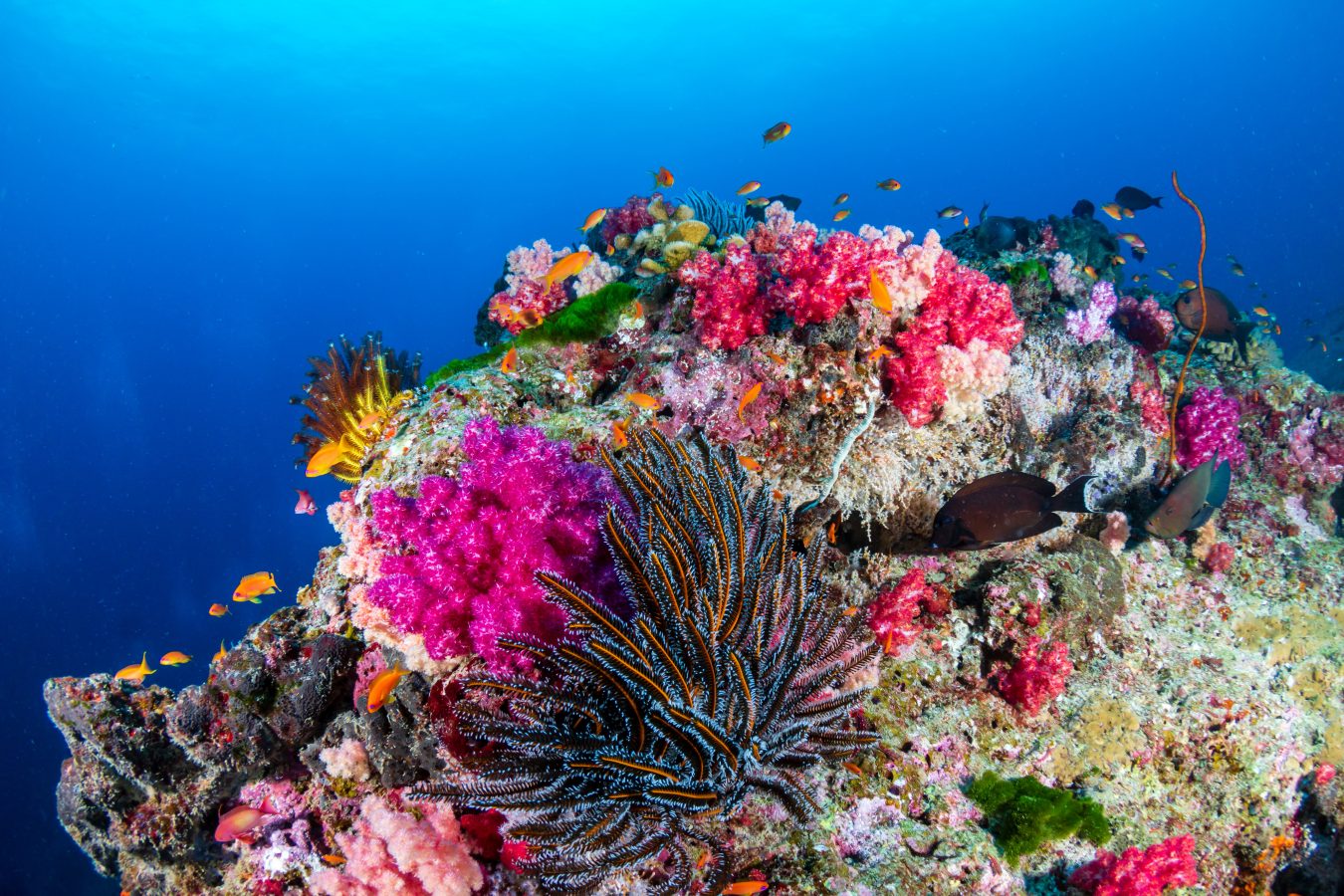
2. Coral Triangle
Spanning over a billion acres (6 million sq km), the Coral Triangle is a massive reef system in the western Pacific Ocean. The system surrounds countries like Indonesia, the Philippines, Papua New Guinea, and Malaysia. In this ocean system you can find a huge array of diversity in the ecosystem with tons of underwater animals
Why is it so important that we keep the Coral Triangle healthy?
- Origin place of coral and many fish species
- Almost 76% of the world’s species of reef-building corals live there
- 37% of the world’s coral reef fish species live there – that’s over 2000 fish species
- Home to 6 of the 7 marine turtle species in the world
- The diversity in the Coral Triangle is greater than in Australia or Fiji
Feel called to help our colorful fishy friends? North Bali Reef Conservation works year round to manage the reef, including working with local communities and educating, as well as actually getting to snorkel and see the ecosystem you are there helping. These Coral Triangle volunteer opportunities allow for participants to help for 1 to 8 weeks at a time (and includes meals and accommodations!).
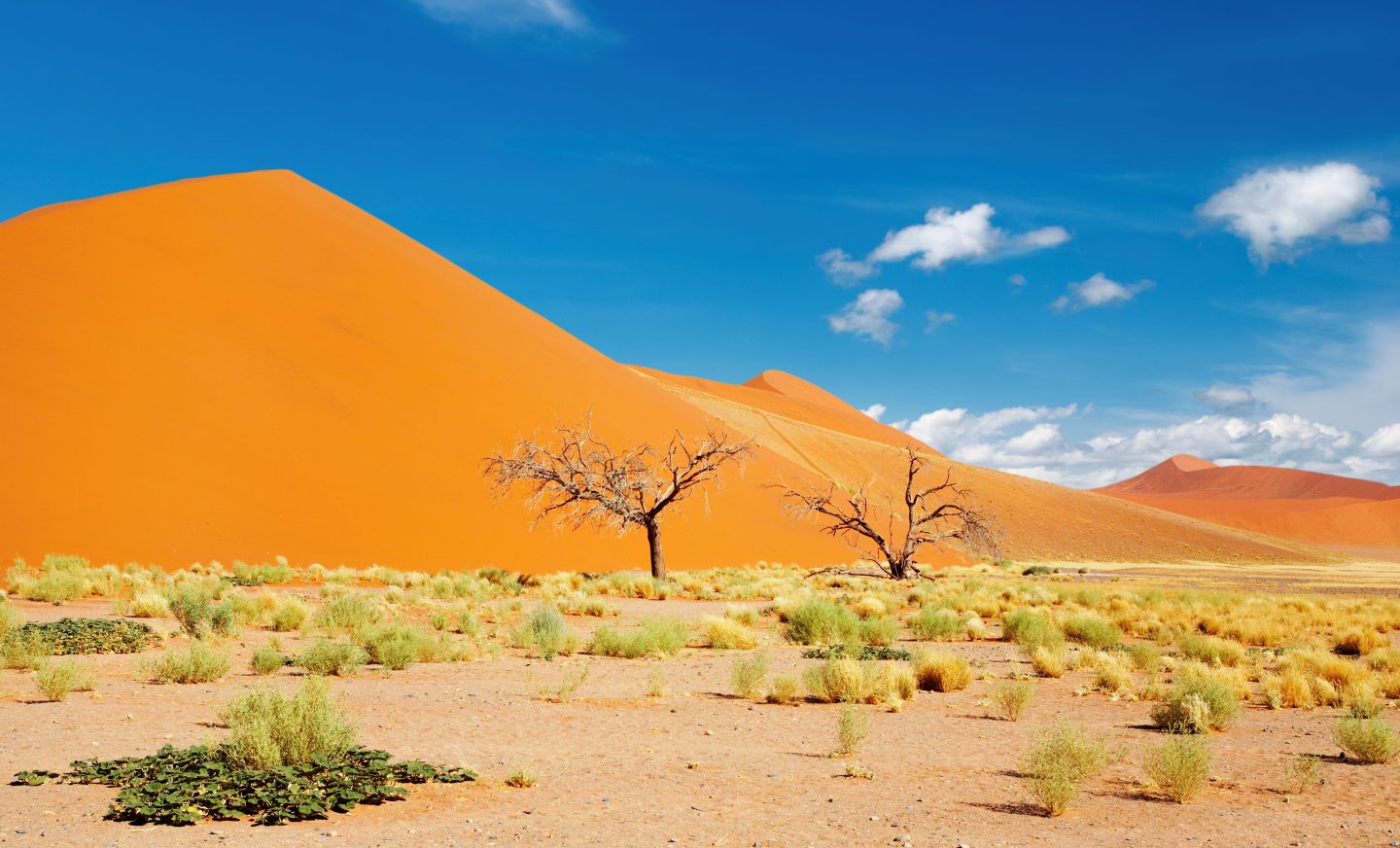
3. Namib Desert
The oldest desert in the world, like literally 55 to 80 million years old, the Namib desert is primarily in Namibia, but reaches Angola to the north and South Africa to the south. This desert is regarded as one of the world’s global hotspots of unique biodiversity – making it crucial that we keep the ecosystem intact. Although you don’t think of life when you think desert (hello, sand for miles), the Namib desert is home to everything from some of Africa’s only wild horses, to elephants, lions, black rhinos, and frogs, to name a few.
What about the Namib Desert ecosystem is so special?
- The desert lions of here nearly went extinct in the ‘80s, but today number just under 200
- Namib desert’s elephants, which number somewhere between 100 to 600, almost went extinct from poachers in the ‘90s, but are recovering today
- The desert spans over 20 million acres
- In Namibia, there are over 200 reptile species, 1500 insects, 200 mammals, and 600 birds – many of these animals are endemic to the area
How can you help this desert and see some safari animals? The Namibia Wildlife Sanctuary is run by Enkosini and includes volunteer opportunities in research, medical, and wildlife. Volunteers are able to stay as little as 2 weeks or up to 4 weeks and longer. They can help in just the wildlife program, or partake in both wildlife and research. There are no set start dates, meaning you can start volunteering on your own schedule.
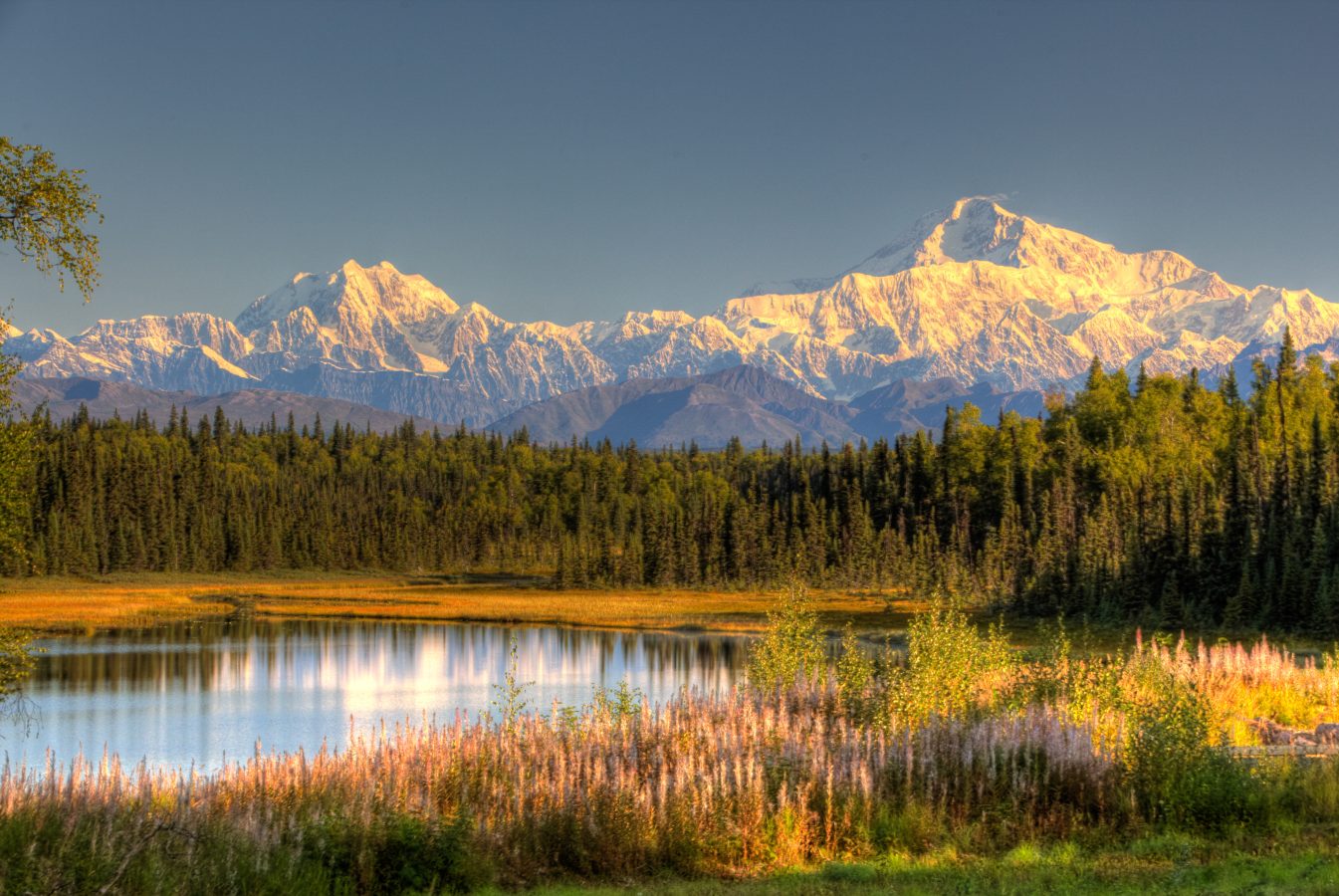
4. Denali National Park
One of 63 of the US’s national parks, Denali National Park is home to hundreds of animals, thousands of plants, and gorgeous views. Sitting north of Anchorage, Alaska, the park covers over 7000 square miles.
Why is Denali National Park’s ecosystem crucial to North American wildlife?
- There are 39 special of mammals, 169 species of birds, and 1 species of amphibian in the park
- Denali is the highest elevation peak in North America, rising to 20,310 feet
- Over 1500 species of plants live and grow in the park
- Glaciers cover roughly 1 million acres of Denali National Park
- The park is home to North America’s big 5 (the five largest mammals) – grizzly bears, moose, dall sheep, wolves, and caribou
Ready to make an impact to America’s wildlife ecosystems? The National Parks service offers lots of volunteer opportunities in Denali, with organized days during the year. These include helping rangers with plant maintenance, cleaning the river, as well as full and part time employment opportunities.

